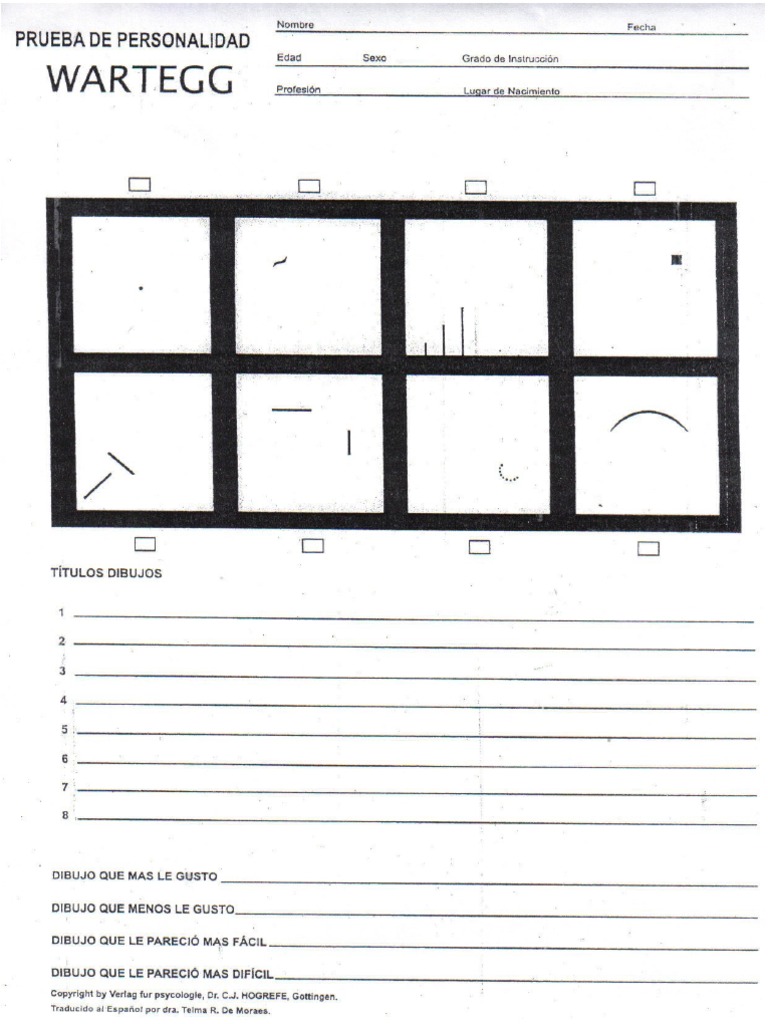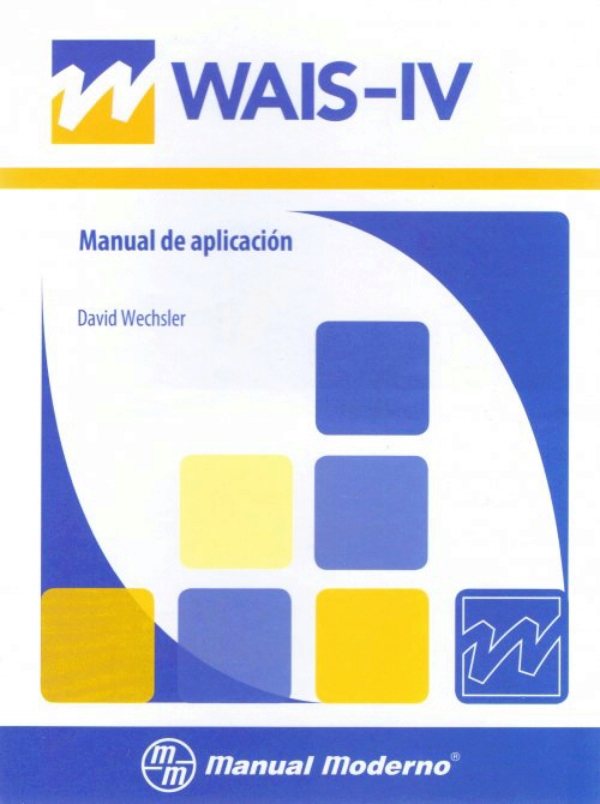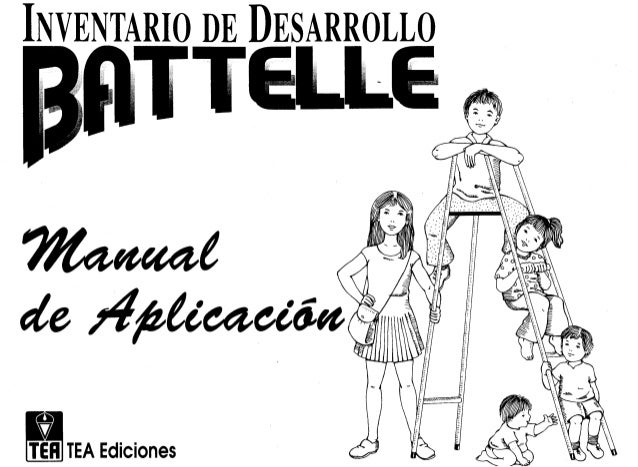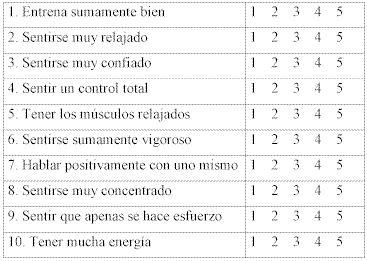Welcome, here you will find some tests in English.
BUT, why did we decide to do this?
Really easy to answer..., because we want everyone to know us :)
DEVELOPMENT TEST:
BATELLE
Name
·
Inventory of developmental Batelle
Author
·
J. Newborg, J.
R. Stock y L. Wenk
Age of application
·
0 to 95 months
(8 years).
Duration
·
The screenning
from 10 to 30 minutes, the complete inventory from 60 to 90 minutes.
Application
·
Individual.
Objective
·
The
principal purpose of this test is children identify late or handicap in some
area of development, allows to take decisions with regard to the location of
the child, to orientate the teachers and / or therapists and provides
longitudinal history of the development of the first infancy. Evaluates personal - social area, adaptative area, motorboat and
cognitive area.
Context
·
It
is used by therapists, psychologists and pediatricians to identify strong and
weak points of the development of the children with or without disorders, is
used specially in children from 0 to 2 years that are considered in risk in
some areas, is used in children's general evaluation in education preschool and
primarily and also it is used in evaluation of equipments and of programs of
individual development (PID).
- Newborg, J. (2010).
Inventory of developmental Batelle. Recovered of http://web.teaediciones.com/battelle-inventario-de-desarrollo.aspx
Neuropsychological Tests:
WISCONSIN

Name
·
Wisconsin Card Sorting Test
Author
·
R.
K. Heaton, G. J. Chelune, J. L. Talley, G. G. Kay y G. Curtiss.
Age of application
·
6 to 89 years.
Duration
·
Variable.
Application
·
Individual.
Objetive
·
Designed
initially to evaluate executive functions that allow to answer to new
situations and to be the base to control other cognitive, emotional processes
and comportamentales, to support the necessary strategies of solution of problems
to achieve a concrete aim..
Context
·
It
is a test used in the context of the clinical psychology and neuropsychology
that shows that so sensitive it is the evaluated one before possible injuries
that imply to the frontal lobes and
therefore to the affectation of the executive functions or the abstract
reasoning.
- Heaton, R., Chelune, G., Talley, L., Kay, y Curtiss,
G. (2016). Wisconsin Card Sorting Test. .
Recovered of
http://web.teaediciones.com/wcst-test-de-clasificacion-de-tarjetas-de-wisconsin.aspx
Personality Testing
WARTEGG

Name
·
Warteegg,
graphical test of personality.
Author
·
Ehrig
Warteegg.
Age of application
·
Children,
teenagers and adults.
Duration
·
From 20 to 45
minutes approximately.
Application
·
Autoapplied
Objective
·
The
aim is to analyze dynamic aspects of the personality as positioning opposite to
the way, interpersonal relation managing of anxieties and frustrations,
expectations, ambitions and project of life; utilization of the vital energy
for the achievement of aims, raising of facilities or difficulties in cognitive
processes of analysis, association and synthesis and ethical behavior opposite
to the values.
Context
·
The
test was created by Ehrig Warteegg in 1940 due to the fact that in the 20s it
began to be interested in topics as the psychology of the Gestalt, the mystical
philosophy and the modern art, which can consider the origins of the test that
today is one of named test proyectivos used in clinical psychology and
organizacional.
- Wartegg, E.(1960). Warteegg, test de personalidad
gráfico-proyectivo.
PSEA: Bogotá, Colombia.
Legal Tests
SVA- CVCA

Name
·
System
of analysis of validity of declarations.
Author
·
P.
Randal kropp, Stephen D. Hart, Christopher D. Webster y Derek Eaves.
Age of application
·
2 to 17 years.
Duration
·
Variable.
Application
·
Individual
Objective
·
The
SVA - CBCA is applied often to corroborate the credibility of the testimony of
minors who were victims of sexual violence, across the analysis of the content
of the statements.
Context
·
It
is a test that was adapted in order that it could be used by psychologists,
psychiatrists, social workers, policemen and the whole personnel that is
employed at the management of the risk of the violence against the pair and
other types of familiar violence.
- Kropp, R.,
Hart, S., Webster, C. y Eaves, D. (2005). Manual de
valoración del riesgo de violencia contra la pareja. Publicacions i Edicions Universidad de Barcelona:
Barcelona, España
Organizational Testing
CESQT
Name
·
Questionnaire
for the evaluation of the syndrome of burout in the work.
Author
·
Pedro
R. Gil Monte.
Age of application
·
Since 19 years.
Duration
·
From 10 to 15
minutes approximately
Application
·
Individual or in groups.
Objective
·
It
evaluates the syndrome Burnout or of burning in the work understood as response
to the job stress.
Context
·
It
is used principally in persons who realize his labor activity attending persons
like teachers, psychologists, nurses, doctors, etc. It possesses the version “professional disenchantment " directed
those who are not employed at direct contact with persons.
- Gil, P. (2011). Cuestionario
para la evaluación del síndrome de quemarse en el trabajo. Recovered of
http://web.teaediciones.com/CESQT--CUESTIONARIO-PARA-LA-EVALUACION-DEL-SINDROME-DE-QUEMARSE-POR-EL-TRABAJO.aspx
Clinical Trials
YESAVAGE

Name
·
Scale
of geriatric depression - test of Yesavage.
Author
·
Brink and Yesavage.
Age of application
·
Since 65 years.
Duration
·
From 15 to 20
minutes approximately.
Application
·
Individual.
Objective
·
This
test was developed by the aim to measure the characteristics of the plans and
suicidal desires of the subject, being his concrete aim conscious suicide
quantifying the intensity of the intention in the current moment, as well as
the attitude of the subject towards this type of ideas
Context
·
The
Scale of Yesavage's geriatric depression designed by Brink and Yesavage in
1982. It is one of the instruments of choice in the exploration, to value the
depression for elderly patients principally for the area of clinical psychology
or in elders who are become institutionalized across a semi-structured
interview. The advantage takes root in that it does not centre on physical
inconveniences, but in aspects directly related to the state of mind.
- Brink y
Yesavage. (2014). Escala de depresión geriátrica—Test de yesavage. Recovered of
http://www.hvn.es/enfermeria/ficheros/test_de_yesavage.pdf
 Intelligence tests
Intelligence tests
WAIS

Name
·
Wechsler Adult Intelligence Scale.
Author
·
David
Wechsler.
Age of application
·
16 to 94 years.
Duration
·
20 minutes
approximately.
Application
·
Individual.
Objective
·
The
aim of the WAIS is to evaluate the global intelligence understood with C.I's
terms (intellectual coefficient) that provides four punctuations: verbal
comprehension, perceptive reasoning, memory of work and speed of thought and
another additional call intellectual total coefficient.
Context
·
The
first version of this test appeared in 1939 and later the author realized
applications to other different ages, introducing updates and improvements.
Wechsler created these tests on not having given itself satisfied with the in
force test at the time of Binet's CI. Nowadays this one is one of the tests
more commonly applied
- Weshler, D.(1981). Escala Wechsler de inteligencia
para adultos. Manual Moderno: México D.F, México.
Sports Testing
IPED
Name
·
Psychological inventory
of Sports Execution.
Author
·
Antonio
Hernandez Mendo.
Age of application
·
14 to 45 years.
Duration
·
Variable or in
groups.
Application
·
Individual.
Objective
·
The
principal aim is to evaluate the weak and strong points of the psychological
competitive profile from which we can plan the aspects on which it is going to
centre on the intervention and psychological training.
Context
·
Test
used in the area of psychology of the sport to measure skills of the sportsman.
It measures Self confidence, control of negative confrontation, attentional control,
imaginative control, motivational level, control of positive confrontation,
attitudinal control.
- Hernández, A (2006). Un cuestionario
para la evaluación psicológica de la ejecución deportiva: estudio
complementario entre TCT y TRI. Revista de Psicología del Deporte.15 (1)
72-92.
Thank you for reading this :)









